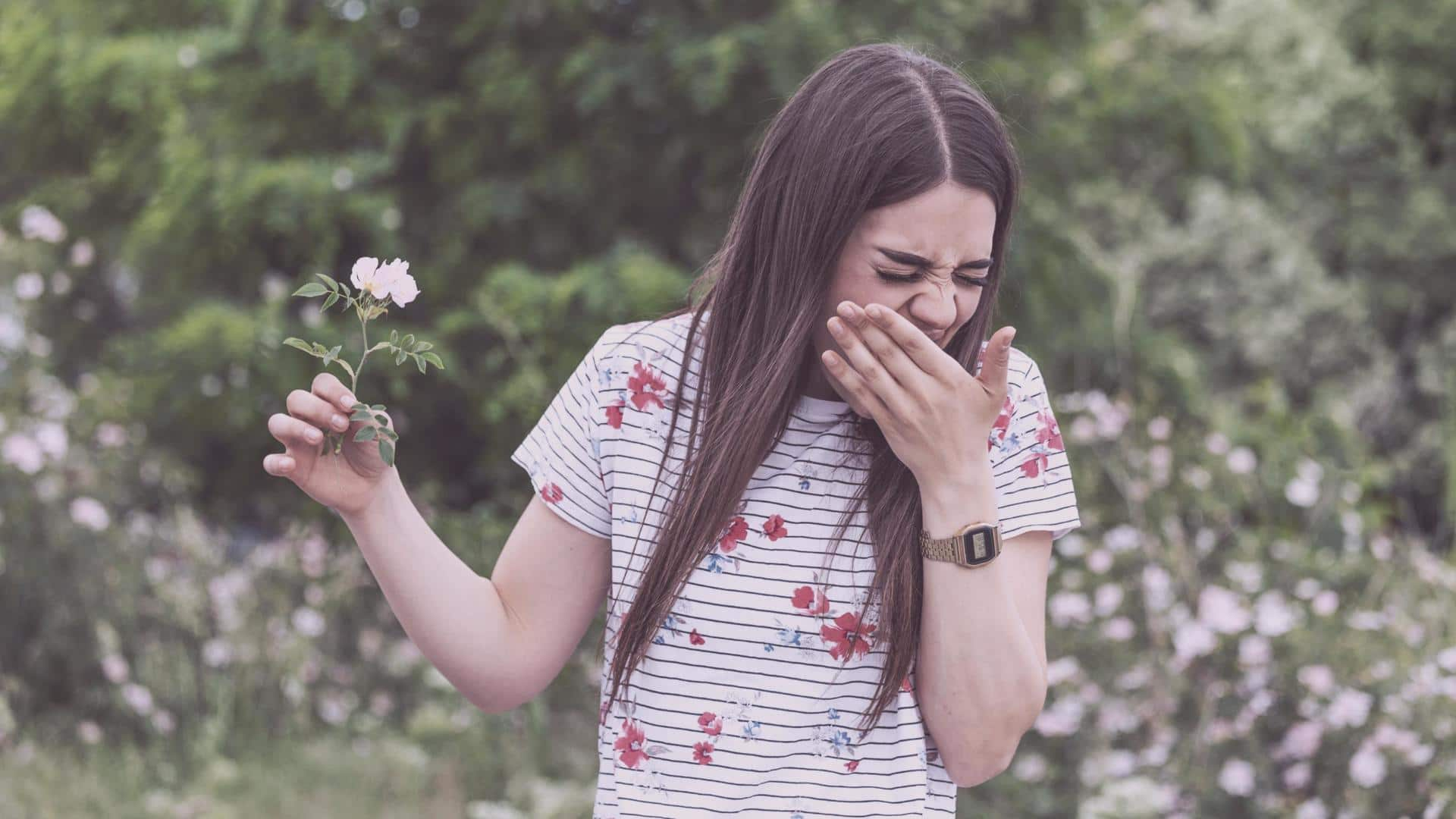
Your guide to pollen allergies: Symptoms, causes, prevention, and treatment
What's the story
Are your eyes watering, are you experiencing frequent sneezing, and is your nose feeling blocked? These symptoms may be caused by pollen. Plants release these tiny particles that can cause these allergy symptoms. These pesky symptoms can bother you throughout the year or show up as unwelcome guests during specific seasons. Pollen allergies are also referred to as seasonal allergic rhinitis or hay fever.
Common allergies
Types of pollen
Allergies can be caused by various types of pollen. Some people's symptoms worsen during tree flowering, while others suffer more when grasses grow. Common pollen allergies include grasses, trees like birch, cedar, and oak, as well as weeds such as ragweed, sagebrush, or tumbleweed. Among these, grasses are the most common culprits according to the Asthma and Allergy Foundation of America.
Signs
Symptoms
Pollen allergies can bring a range of uncomfortable symptoms. These may include a stuffy or blocked nose, feeling pressure in the sinuses that leads to facial pain, a runny nose, itchy and watery eyes, a sore throat, coughing, and swollen and bluish skin under the eyes. You may also experience a reduced sense of taste or smell and heightened asthma symptoms.
Causes
Causes
Pollen allergies happen when our immune system gets confused and mistakenly sees pollen as a threat. The exact cause of allergies, including pollen allergies, is not completely understood. However, experts think that genetics could be involved. Our genes might influence how our immune system reacts to pollen. Recent studies have also found that allergies are getting worse triggered by climate change.
Treatment
Treatment
When allergies strike, your doctor might suggest taking Zyrtec or Claritin. They can help ease the symptoms. Another option your doctor may recommend is immunotherapy tablets or shots. They help your body become less sensitive to pollen. For clearing nasal congestion, nasal sprays with decongestants offer short-term relief, while corticosteroids reduce inflammation in the long run.
Prevention
Prevention
Preventing pollen allergies can be tough because pollen is everywhere. But there are things you can do to lower your exposure. Stay indoors on dry, windy days when there's a lot of pollen in the air. Ask someone else to do yard work or wear a dust mask when pollen levels are high. Close doors and windows when there's a lot of pollen outside.